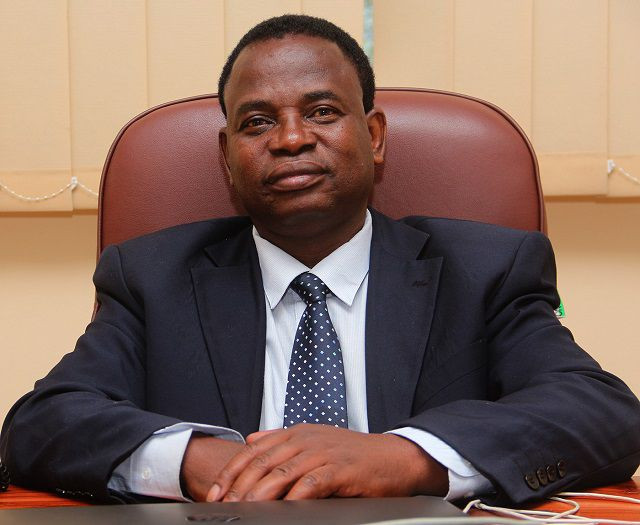
China's high-speed rail network has long been a symbol of the nation's rapid modernization and technological advancements. With gleaming trains zipping across the country at speeds exceeding 300 km/h, it has dramatically reduced travel times and connected far-flung regions. However, recent revelations of substandard construction practices have cast a shadow over this marvel of modern engineering, raising serious concerns about passenger safety and the overall integrity of the infrastructure.
These issues came to light following a probe by China Railway Corporation (CRC). The investigation uncovered cost-cutting measures, subpar building practices, and fraudulent activities on sections of the Shanghai-Kunming High-Speed Rail Line. This probe was initiated after safety incidents in June and July on the Guizhou section of the line, which unveiled construction flaws, inadequate oversight, and design defects.
One of the most alarming findings was the need to reduce the train's speed to 70 km/h over the North Pan Jian Bridge in Guizhou due to safety concerns. This significant reduction from the line's intended speed of 300 km/h underscores the severity of the issues uncovered. As a result, CRC has taken stringent actions against several companies involved in constructing, supervising, and designing the Guizhou section.
The 20th Bureau, which was responsible for a large portion of the work, was heavily criticized for poor quality work, fraudulent practices, illegal subcontracting, and other serious issues. The 23rd Bureau was found to have neglected design requirements, such as installing proper drainage systems. The 17th Bureau faced criticism for poor organization, while the 22nd Bureau was called out for slow progress and shoddy workmanship. Furthermore, the Beijing Tieyan and Gansu Railway supervision companies were found deficient in their monitoring responsibilities.
As a consequence of the investigation, severe repercussions were imposed on the implicated companies. The 20th Bureau has been barred from bidding on all large and medium-sized rail projects for the next year and will be responsible for 90% of the repair costs. Similarly, the 23rd Bureau and the supervisory companies have been banned for a year. These punitive measures highlight the gravity of the offenses and the need for accountability in large-scale infrastructure projects.
These revelations have reignited public fears regarding the safety of China's high-speed rail network. While the network has grown rapidly over the past decade and provided strong competition to airlines, the memory of the 2011 Wenzhou high-speed train collision, which resulted in 40 deaths, still looms large in the public consciousness. That tragic incident had already shaken public confidence in rail travel, and the recent findings have only compounded these concerns.
and oversight processes of China's high-speed rail projects. Problems range from poor-quality work and fraudulent practices to inadequate supervision and design flaws. These deficiencies not only threaten passenger safety but also raise broader questions about the management and oversight of such massive infrastructure projects. The emphasis on rapid construction and cost-cutting appears to have compromised the quality and safety of the rail network.
In response to these findings, the Chinese government has implemented stricter regulations and penalties for companies involved in substandard construction. However, the long-term effectiveness of these measures remains uncertain. Ensuring the safety and reliability of the high-speed rail network is crucial for maintaining public trust and supporting China's ongoing economic growth. The government must balance the desire for rapid expansion with the need for rigorous quality control and safety standards.
- The brains behind Matavire’s immortalisation
- Red Cross work remembered
- All set for inaugural job fair
- Community trailblazers: Dr Guramatunhu: A hard-driving achiever yearning for better Zim
Keep Reading
Moreover, the recent issues have highlighted the importance of transparency and accountability in public infrastructure projects. Effective oversight mechanisms must be in place to prevent fraudulent practices and ensure compliance with safety standards. The role of independent supervisory bodies is critical in this regard, as they can provide unbiased assessments and hold contractors accountable for any shortcomings.
In conclusion, the recent revelations about shoddy construction practices in China's high-speed rail network have underscored significant challenges in the country's infrastructure development. Addressing these issues will require a collaborative effort from the government, industry stakeholders, and regulatory bodies to ensure the rail network's safety and reliability. Only through rigorous oversight and accountability can China rebuild public trust and continue to develop its high-speed rail ambitions.
The high-speed rail network remains a crucial component of China's transportation infrastructure, offering a fast and efficient means of travel across the vast country. Its continued success hinges on the commitment to high standards of construction, maintenance, and operation. As China seeks to enhance its global reputation and compete with other advanced economies, ensuring the safety and integrity of its high-speed rail network is paramount. The lessons learned from these recent findings should serve as a catalyst for positive change, driving improvements in quality control, oversight, and accountability in all future infrastructure projects.







